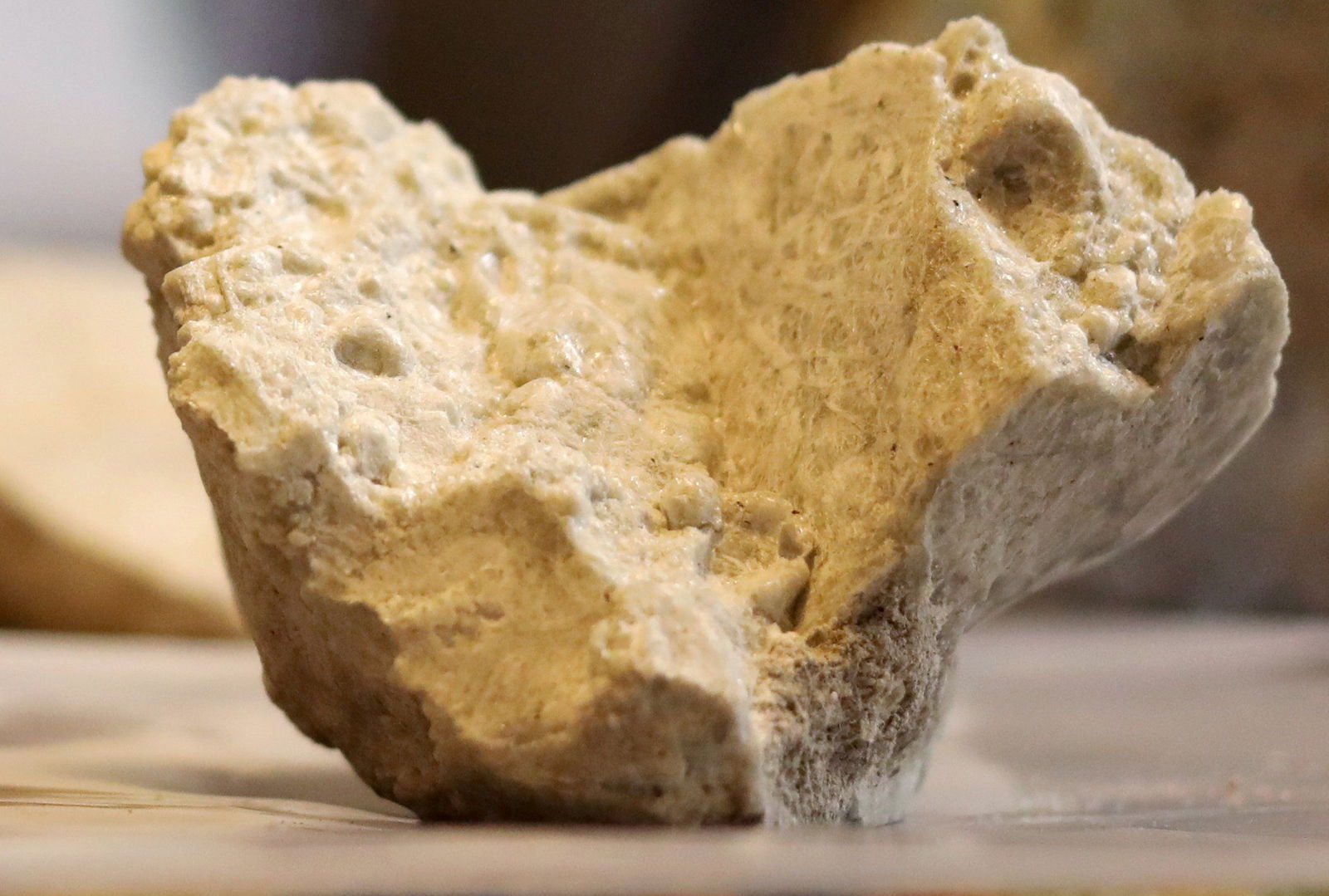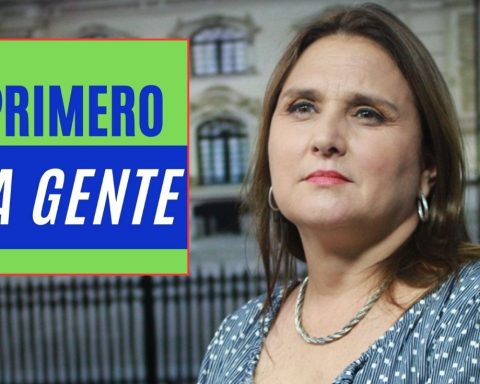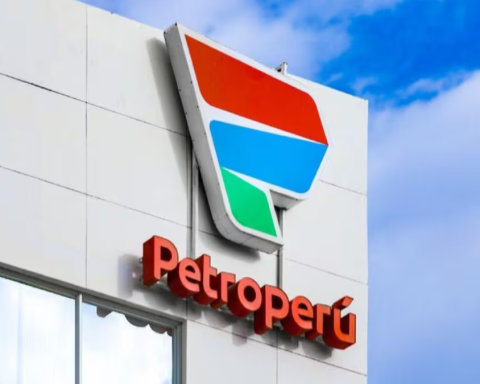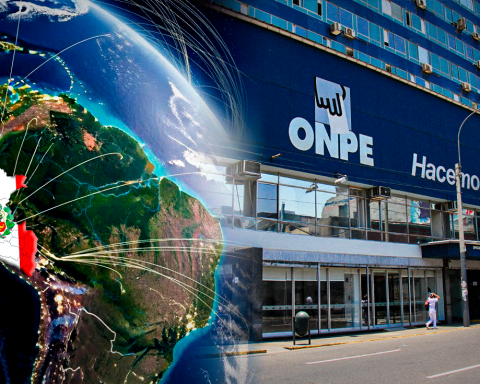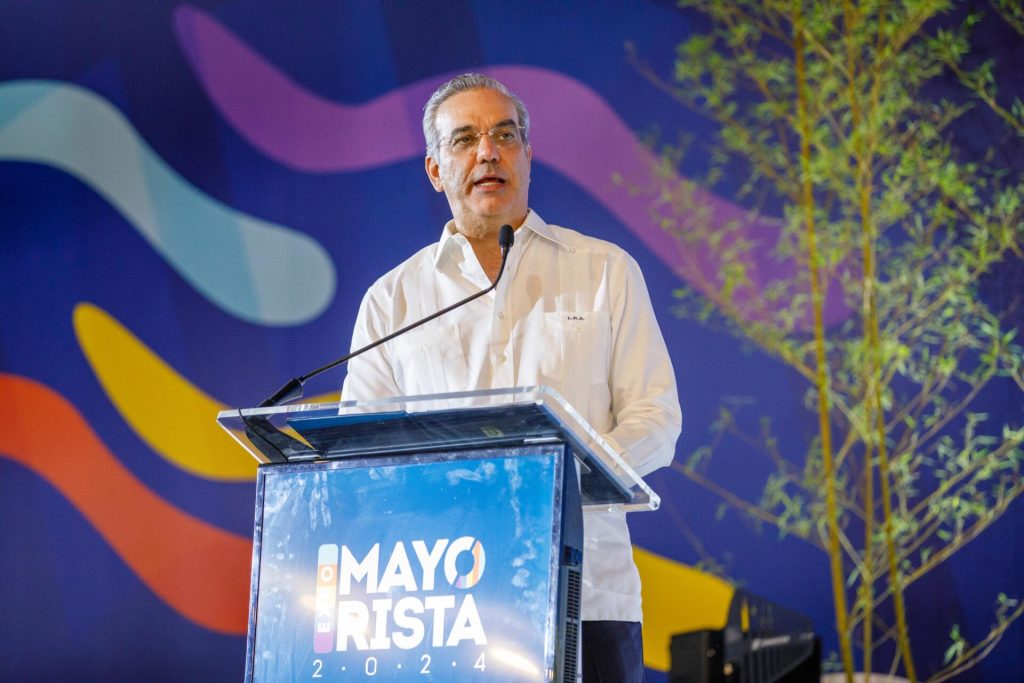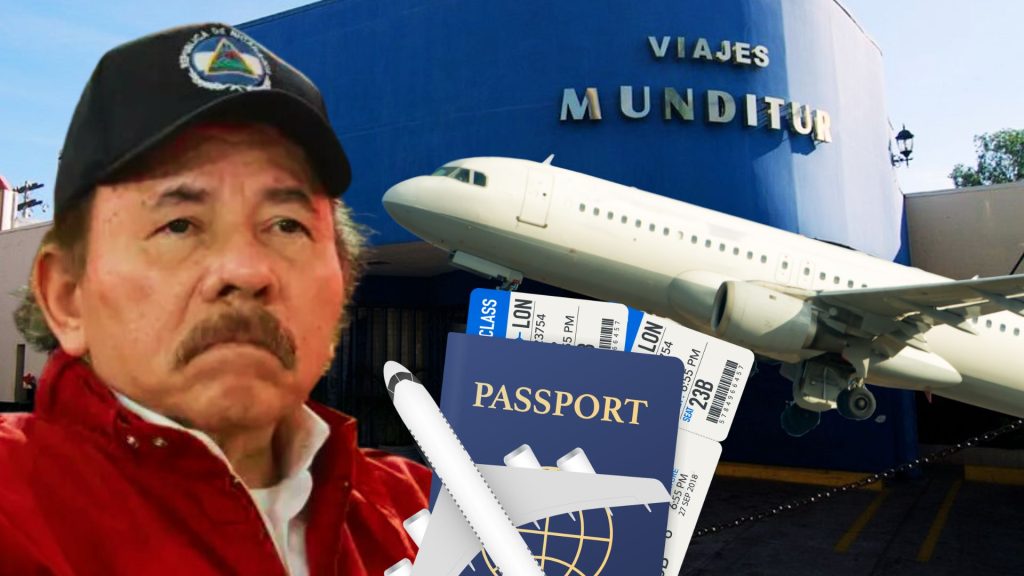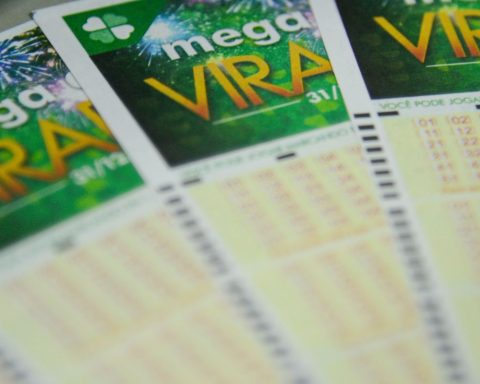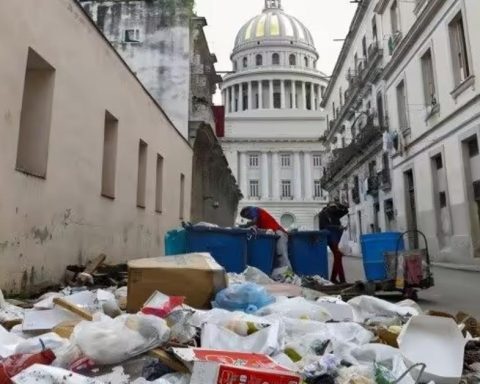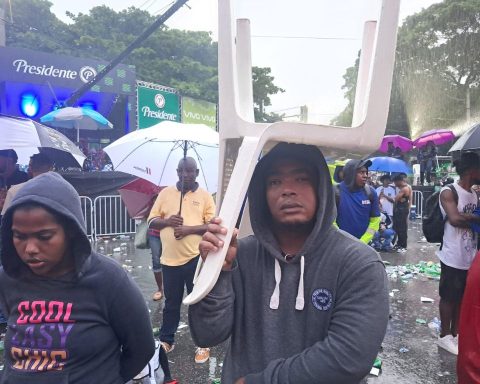By Isaac Nontol, Investment Associate at Prima AFP
The mining It is the industry through which the Peru The most important thing our country can do to help the global energy transition is copper. Today, our main calling card is copper, as we are the third largest producer in the world of a key metal for the development of electromobility. However, ‘red gold’ is not the only metal with which our country could contribute to the transformation of the global energy matrix.
This other metal, classified by many as ‘white gold’, is the lithiumessential for the production of lithium-ion batteries, which are an integral part of electric vehicles, renewable energy storage systems and various electronic devices. Undoubtedly, the shift towards green technologies has led to an increase in demand for these batteries, making lithium a strategic mineral in the global market.
Although there are no proven or probable reserves of this mineral today, there are two lithium exploration projects in the Corani district, Puno. According to the mining exploration project portfolio of the Ministry of Energy and Mines (Minem), these two projects (Falchani and Quelcaya) are led by the Canadian company American Lithium through its Peruvian subsidiary Macusani Yellowcake. The company estimates that Falchani is the fifth largest hard rock lithium project in the world, with measured and indicated resources of 5.5 million tons of LCE (lithium carbonate equivalent), but with only 30% of the area explored. Added to this is Quelcaya, located 5 km away, with some indications of being a new deposit.
Despite the aforementioned development, Peru is lagging behind several countries in the region. Chile, Argentina and Bolivia not only have explorations underway, but are already producers of lithium. In fact, the first two account for almost half of global reserves, according to the United States Geological Survey. Minem’s efforts to promote a digital one-stop shop would speed up exploration and development permits for the projects in its portfolio, but production could take several years. The main project, Falchani, is awaiting the evaluation of its EIA-sd (semi-detailed environmental impact assessment), while Quelcaya is still in the exploration authorization stage, in which its DIA (environmental impact statement) was presented in May of last year.
Undoubtedly, the mining exploration business entails many risks. However, if the aforementioned geological studies materialize, this could position our country as an essential supplier of a key resource for the world. The lithium market would offer Peru a great opportunity to diversify its economy and contribute to sustainable development.
